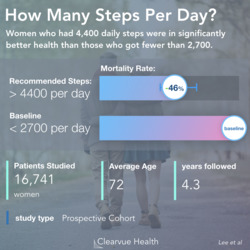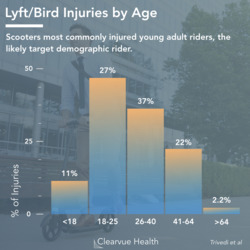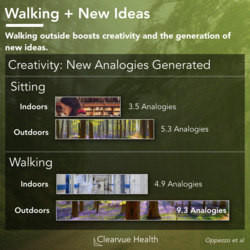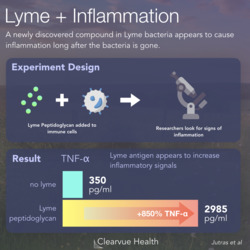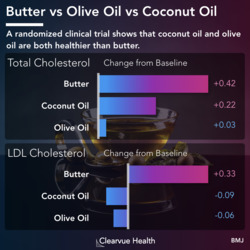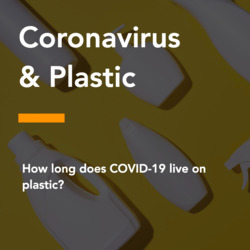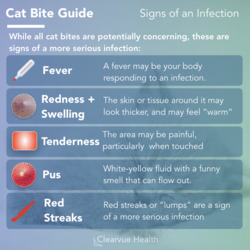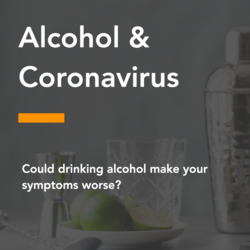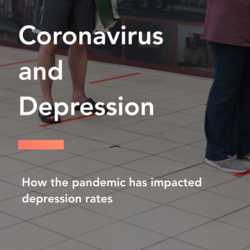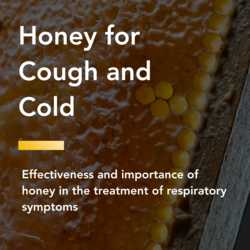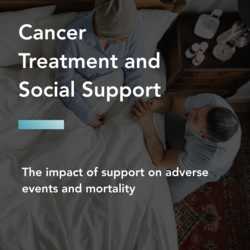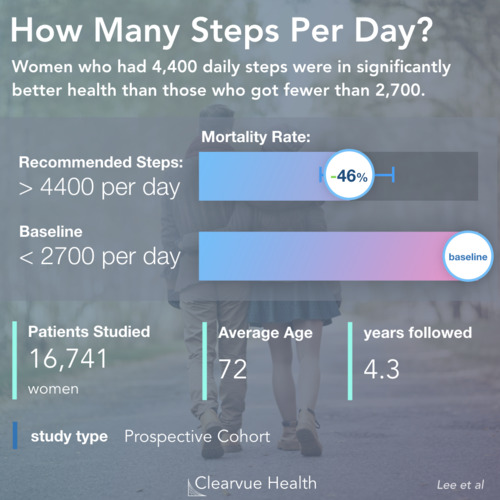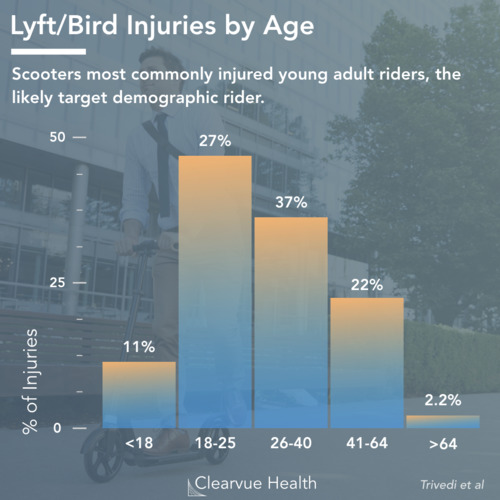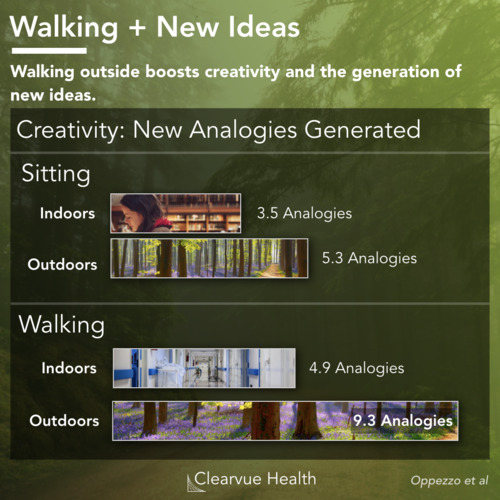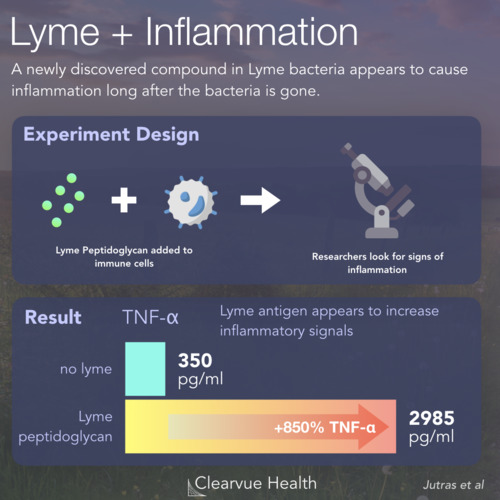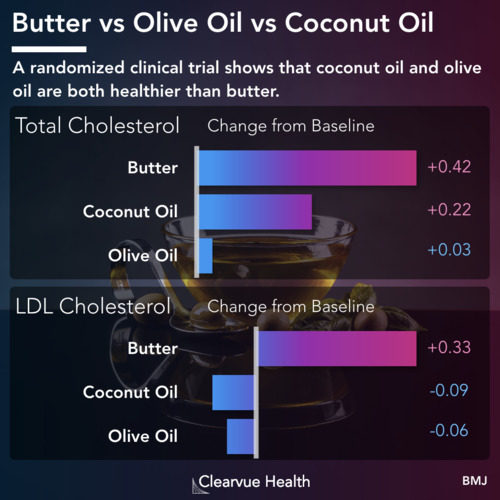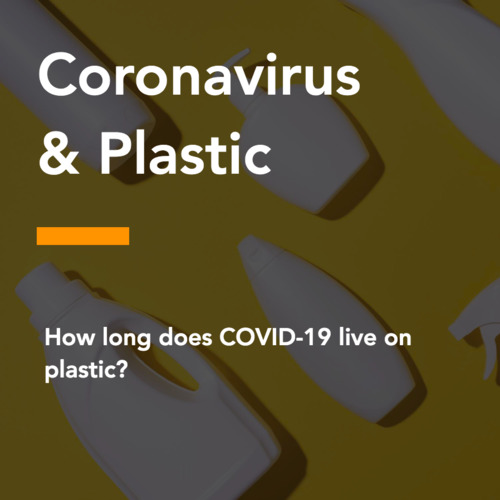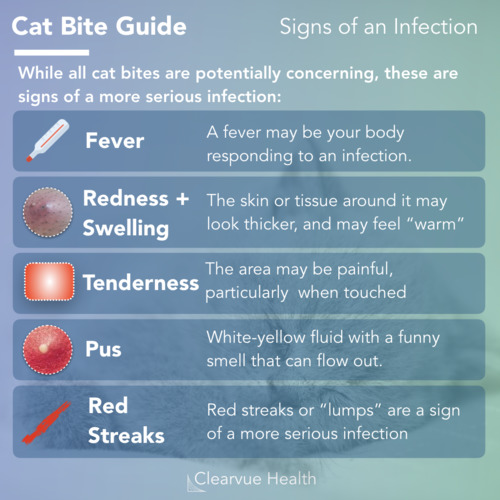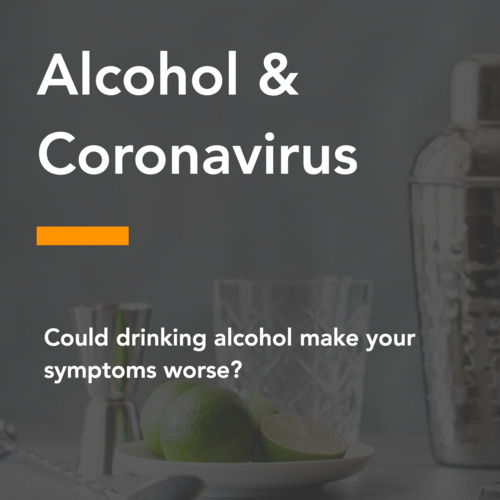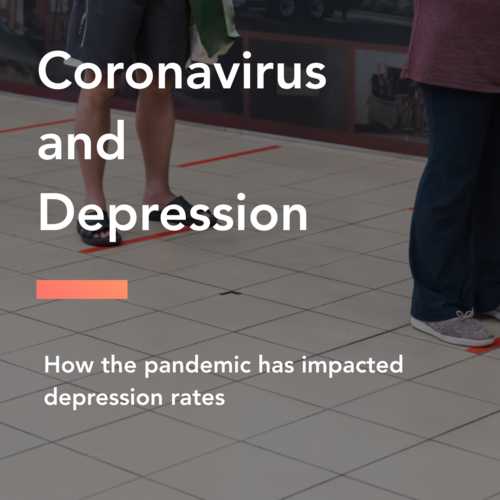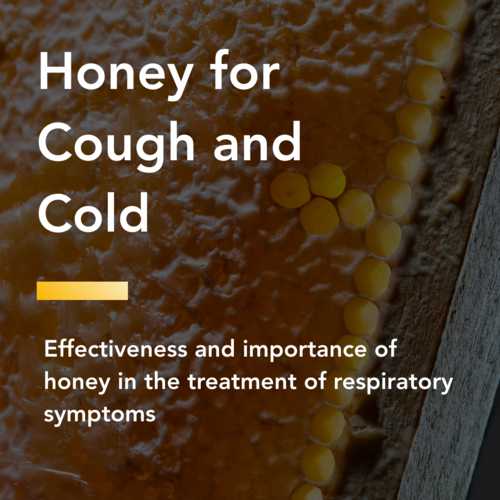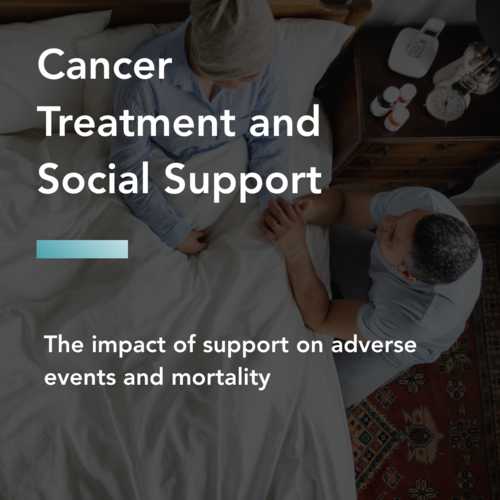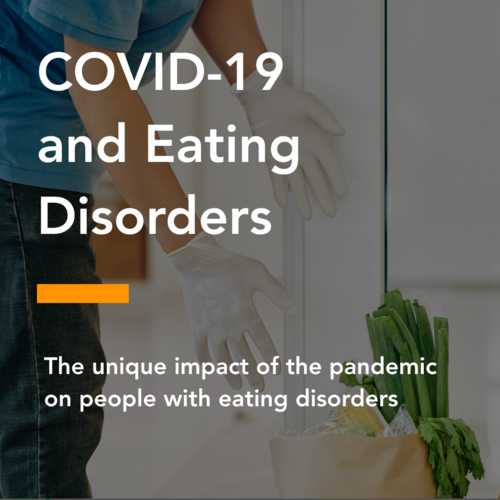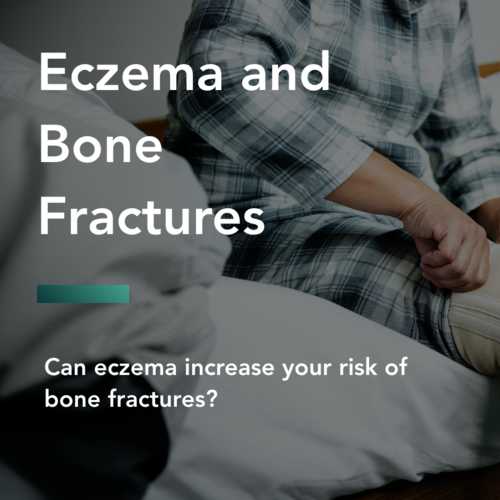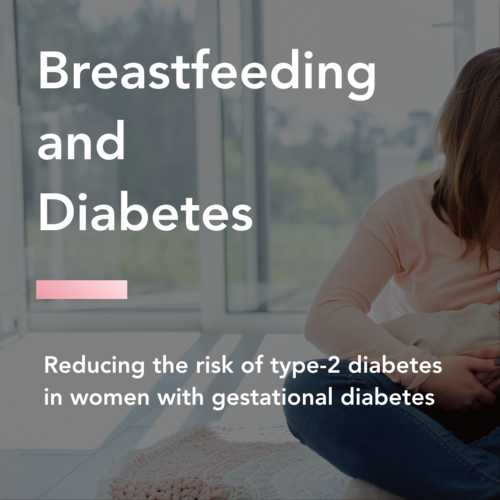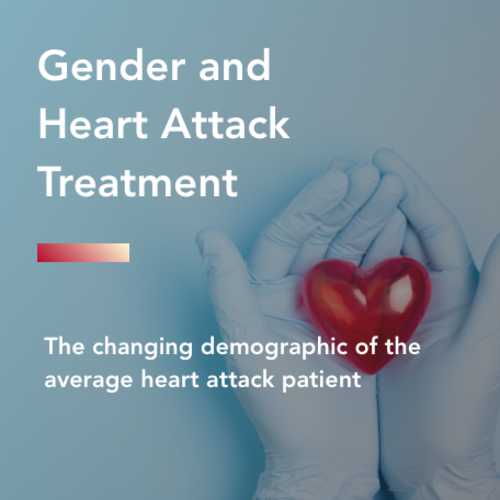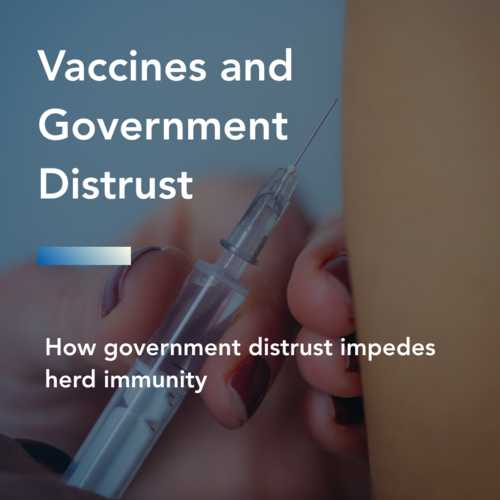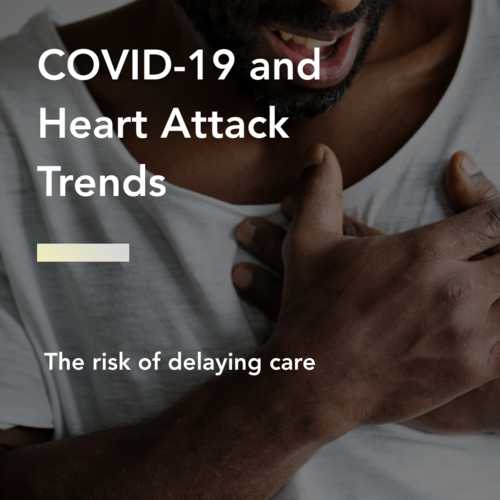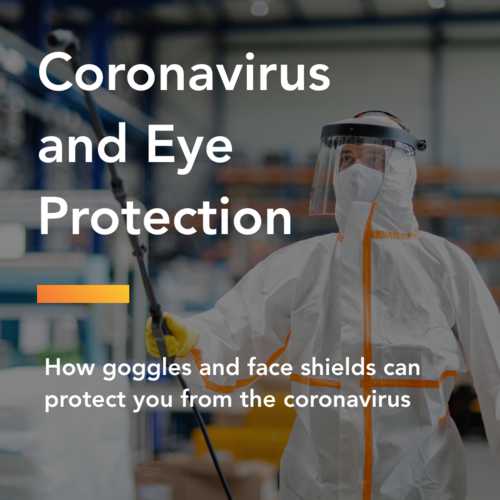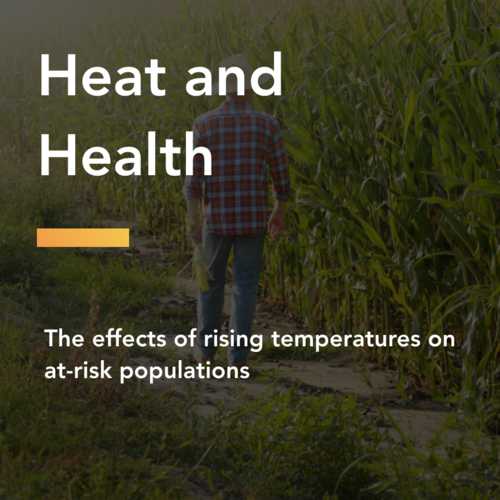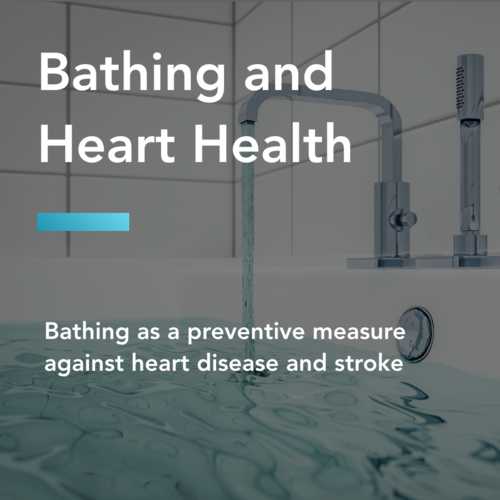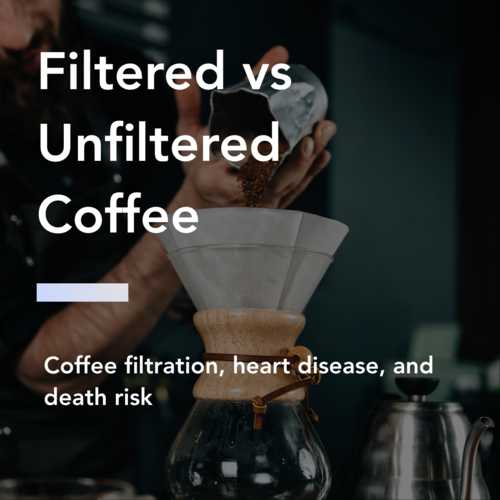Lyme Disease Risk by Month
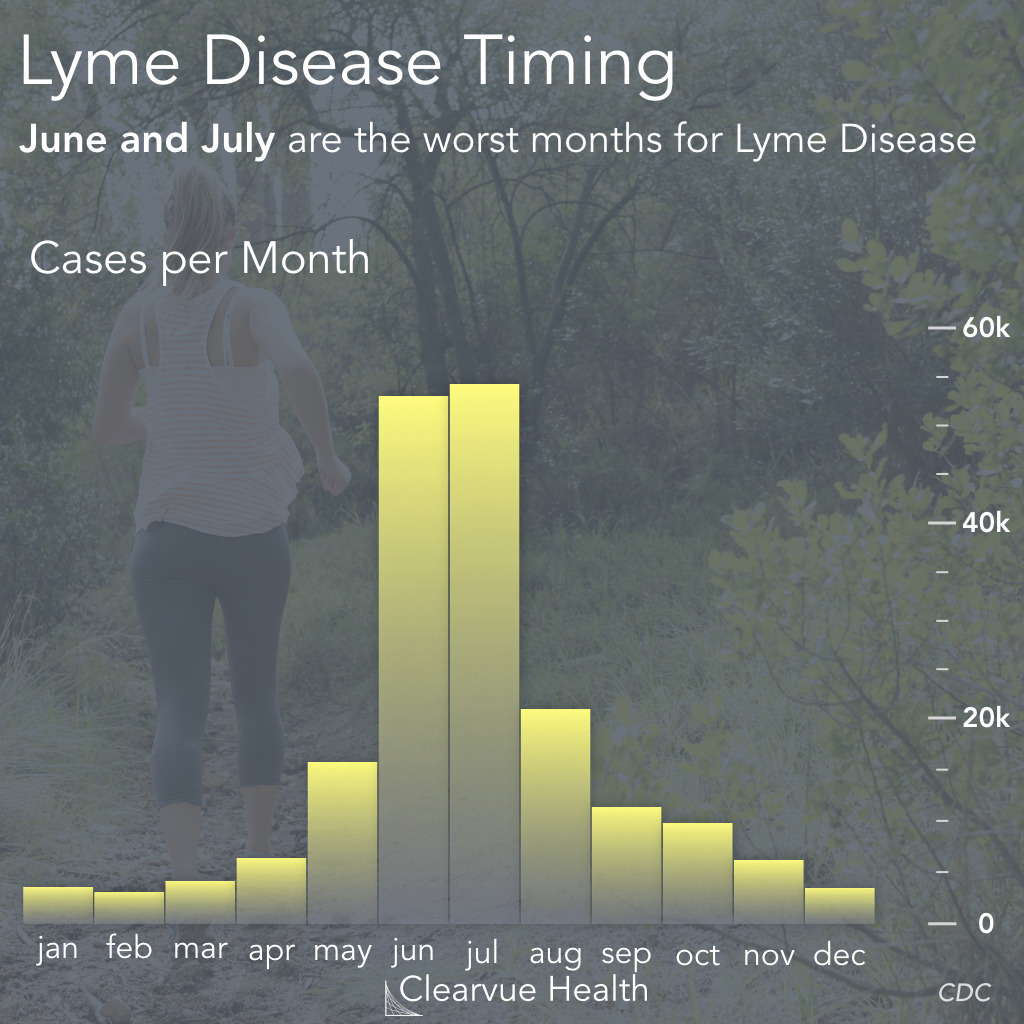
Figure 1: Lyme Disease Risk by Month. According to the CDC, Lyme Disease risk is highest in the months of June and July. Between 2001 and 2017, the CDC reported that 53,108 and 54,404 cases occurred in June and July respectively. This is far more than February, the lowest incidence month, at 3,241 cases.
Hiking in the summer and fall are some of the best activities your health and for your soul. However, one of the few downsides is Lyme Disease. This rare but dangerous disease can cause symptoms that last for decades. It can also be challenging to diagnose and treat.
Fortunately, this disease is highly concentrated in specific areas during specific times. Using the 3 charts below, we show when people typically get Lyme Disease, where they get Lyme Disease from, and who is at highest risk.
Summertime is the most dangerous time want to comes Lyme Disease. You are over 10x more likely to get Lyme Disease in June than in February. Since Lyme Disease is transmitted by ticks that live in wooded and grassy areas, this disease has a very seasonal pattern. People are more likely to be outside hiking or walking around in the woods in the summer.
Source: Lyme disease charts and figures: Historical data (CDC)
Lyme Disease Risk by Age & Gender
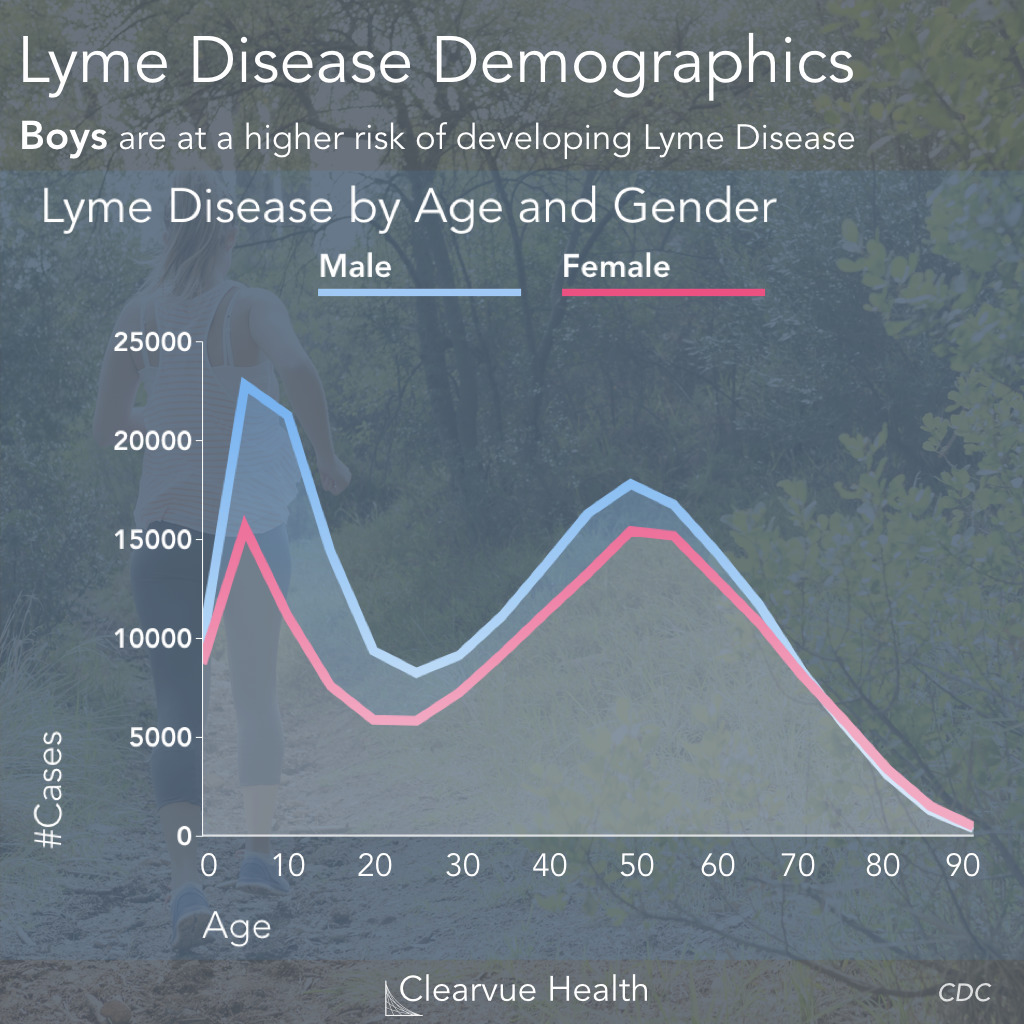
Figure 2: Lyme Disease Risk by Age & Gender. Lyme Disease is more common in kids and older adults. Generally, boys and men are slightly more likely to contract Lyme Disease than women. The group with the most Lyme Disease tends to be younger boys.
Lyme Disease is generally more common among younger girls and boys and older adults. It follows a "U" shaped curve where young adults have the lowest risk. Among all age groups and genders, young boys have the highest risk of getting Lyme Disease.
Source: Lyme disease charts and figures: Historical data (CDC)
Lyme Disease Risk by Location
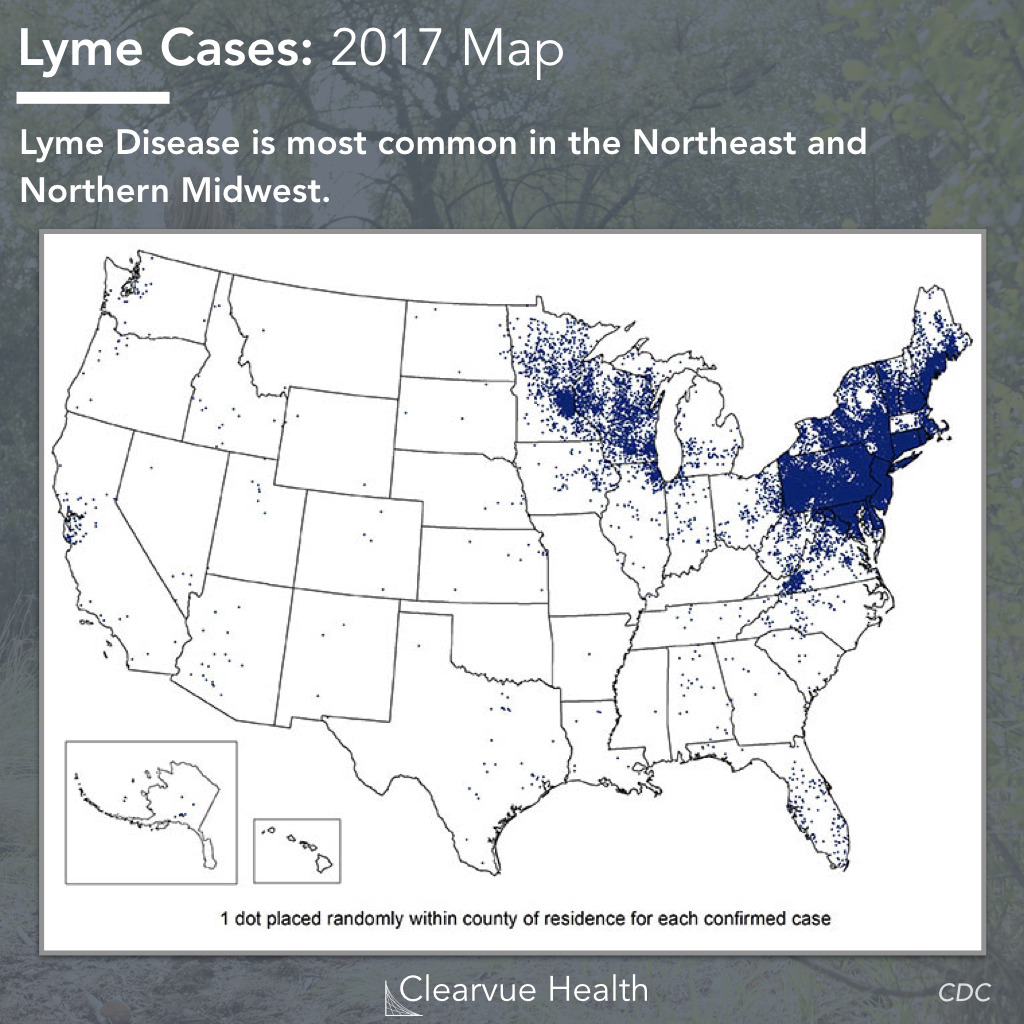
Figure 3: Lyme Disease Risk by Location in 2017. The CDC keeps track of every confirmed case of Lyme Disease in the United States. In the map above, every blue dot represents one confirmed case of Lyme Disease, grouped by county. Of note, the data for Massachusetts may be inconsistent as Massachusetts uses a different metric for defining and diagnosing Lyme Disease.
In terms of location, Lyme Disease is heavily concentrated in the Northeast United States and the northern Midwestern states. Because this is a tick-borne disease and not something that you get from another person, Lyme disease is highly influenced by the habitats of the ticks that carry it.
Generally, if you are in an area that’s not marked by a blue dot on the map, you should be at a significantly lower risk of contracting Lyme Disease compared to the blue areas, however, keep in mind that this map may change significantly from year-to-year.
Source: Lyme Disease Maps: Historical Data (CDC)
Key Takeaways
If you are going on a hike in one of the above areas during Lyme season, we’ve outlined a few precautionary tips you can use to keep yourself safe.
How is Lyme Disease Transmitted?
Lyme Disease comes from ticks. Ticks carry Lyme Disease and they can transmit it humans. Typically, these ticks stand on tall grasses, bushes, and wooded trails and wait to come in contact with a passing human or dog. They can then attach themselves onto the skin and begin to feed on blood. This is not painful and often goes undetected, which is why Lyme Disease can be so difficult to catch. It takes around 36 to 48 hours for a tick to transmit Lyme Disease.
If you have a tick, removing it is a great idea! In fact removing a tick within 24 hours will reduce your odds of getting Lyme Disease. It typically takes 36-48h for a tick transmit Lyme Disease. In order to remove a tick, grab the tick by a pair of tweezers as close to the skin as possible and pull it out vertically without any jerky or side to side motions. The goal is to get a nice clean removal without breaking or crushing the tick. Afterwards clean the skin with soap, water, and/or rubbing alcohol. (Source: CDC)
Food and Drug Administration
Avoid wooded, brushy, and grassy areas, especially in May, June, and July. Wear light-colored clothing so that you can see ticks that get on you. Wear long pants and long-sleeved shirts, and shoes that cover the entire foot. Tuck pant legs into socks or shoes, and tuck shirts into pants. Spray insect repellent containing DEET on clothes and uncovered skin. Walk in the center of trails to avoid brush and grass. Remove your clothing, and wash and dry them at high temperatures after being outdoors. Do a careful body check for ticks after outdoor activities.
International Lyme and Associated Diseases Educational Foundation
When it comes to Lyme and other tick-borne illness, prevention is the best form of medicine. When spending time in areas where ticks may be present, wear long sleeves and pants, tuck your pants into your socks, and wear tick repellent containing DEET, picaridin, IR3535, or oil of lemon eucalyptus. Pretreat outdoor clothing and gear with permethrin, an insecticide that kills ticks on contact. Clothing can be treated at home with sprays or dips that are effective for 2-6 weeks (and last through multiple washings). Always check yourself for ticks after each potential exposure; check pets, even those treated with tick repellents, after every trip outside
Clearvue Health is not affiliated with above organizations. The information above is provided to highlight and link to useful further reading.






